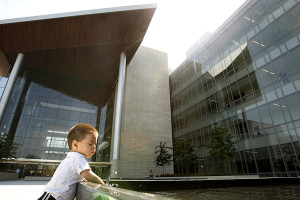By Sara Warner
CCM Publisher
In the insular world of civil justice legal conferences, you usually end up surrounded by either the “defense” or “plaintiffs” side of the ledger. It can lead to a false sense of consensus, with everyone agreeing on the basic goodness and obvious common sense of their arguments.
